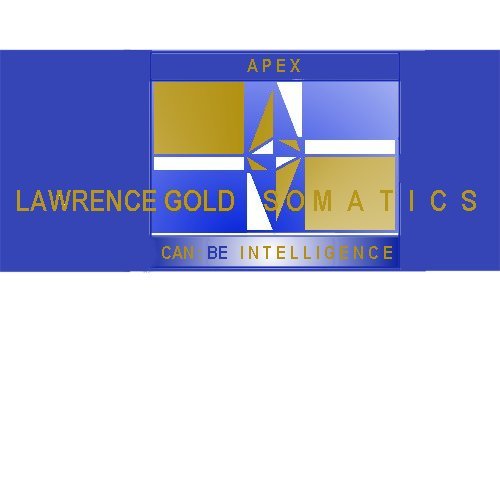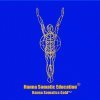Question45-year-old female with inferior right chest wall pain(pain around the T8-T11 level. Difficicult to localize.
Findings:
degradation of several imaging sequences is noted due to motion artifact. Kyphosis of the dorsal spine and thoracolumbar junction is noted, with associated thoracic and lumbar mild dextroscolliosis.Diffuse minor degenerative changes (spinal spondylosis) are visualized from th T1-2 through T10 - T11 level, but with preservation of central spinal canal,and neural foramina. The thoracic cord from T1 though the mid T11 level is appropriatee in size, configuration, and signal intensity.
T11- T12: Mild annular disk bulge with associated small endplate osteophytes mildly effaces the ventral thecal sac, decreasing AP dimension of the central spinal canl by approimately 15-20% (grade 1 ). The thoracic cord at the T11- T12 level is unremarkable without impingement or effacement. Neural foramina are patent.
T12 - L1: A mass involving approximately two thirds of the T12 vertebral body is present, with signal characteristics suggestive of a fat- containing hemangioma or lipoma. The corresponding appearance on CT scan favors hemangioma. Associated anterior wedge deformity of T12 is present, with approximately 15% loss of of vertical height of the anterior aspect of T12. Assoiated moderate to severe norrowing of the T12-L1 disk is present with associated broad-bases posterior disk protrusion with associated endplate osteophytes. Mild facet degenerative change is present. The disk-osteophyte complex effaces the ventral thecal sac and thoracic cord, decreasing AP dimension of the central spinal canal by approximately 40% (grade 2). Bilateral neural foramina are patent.
L1-2 level demonstrates anterior and smaller posterior endplate osteophytes with a mild degree of annular disk bulg, but preservation of central spinal canal and neural foramina.
This is all on the rightside and going on for five years. Can you explain this to me. I would love to get of pain pills and is it fixable?
Thank You
Kelly
Answer
 Lawrence Gold Somatics
Lawrence Gold Somatics  Hanna Somatic Educatio
Hanna Somatic Educatio
Hello, Kelly,
Degenerative disc changes, scoliosis, and osteophytes (bone spurs) all result from chronic muscular contractions in the spinal musculature and muscles between ribs. Bone spurs grow along the direction of muscular pull.
You haven't said where the pain is, so I can't determine whether it's muscular or neurological (from nerve impingement resulting from the "hemangioma" -- blood vessel overgrowth or lipoma (fatty tumor)).
However, the main problem is almost certainly muscular -- a condition of movement/muscle-memory (habituation).
If you were my client, we would be doing procedures to change muscle memory (movement memory, generally formed by trauma/injury) to free you from those contractions.
Please see the following items:
http://somatics.com/recovery_from_injury.htm
http://somatics.com/HSEdescription.htm
http://somatics.com/chronic_back_pain.htm
which indicate a course of action.



